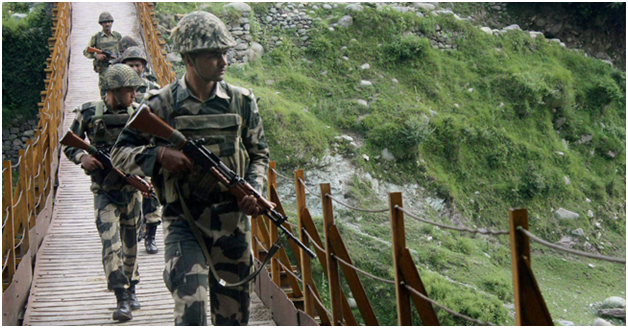Infiltration in J&K Down to a Trickle Says Army Commander

SRINAGAR: A top Army commander Sunday said the presence of foreign militants is slowly waning in Jammu and Kashmir with the infiltration of militants from across the border down to a "trickle" due to the robust counter-insurgency grid.
General Officer Commanding (GOC) of the Srinagar-based Chinar Corps, Lt Gen Satish Dua, told reporters here that the number of foreign militants in Kashmir has slowly come down over the last few years, in comparison with earlier years of insurgency in the state.
"Their (militants') numbers are decreasing. Ten, fifteen years ago, you all know the kind of infiltration that used to take place. Today, it is down to a trickle," Dua said after paying floral tributes to two Army soldiers who were killed in an encounter in Kupwara on Saturday.
Five suspected militants were also killed in the encounter which broke out in Chowkibal area of Kupwara when a joint search team of J&K Police, Army and CRPF came under a barrage of gunfire on Friday afternoon.
The encounter lasted for nearly 12 hours before five suspected militants, all believed to be foreigners, were killed. Their identity was not, however, revealed.
The Corps commander said there were about 600 infiltration attempts in 2015 but they were effectively prevented due to a robust counter-insurgency grid and heightened vigil of the Line of Control and International Border by the Army.
"I will not say that the infiltration has entirely stopped. There a little under 100 terrorists at the launch pads across the border who are waiting to sneak in. In summers, the numbers grow. However, they met little success in 2015," he said.
The decrease in the number of foreign militants has also come with a dangerous rise in homegrown militants in Kashmir in the last one year. According to a census by Jammu and Kashmir Police, over 80 youths, mostly from the southern part of Kashmir, joined militant ranks in 2015.
Experts have warned that in absence of vibrant political and economic measures to address growing discontent in J&K, the trend of these youths picking up arms is only going to rise in coming years, which may become difficult to deal with.



